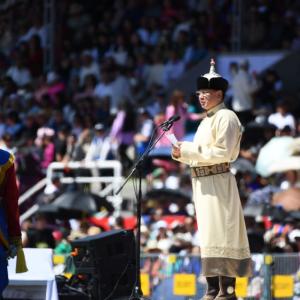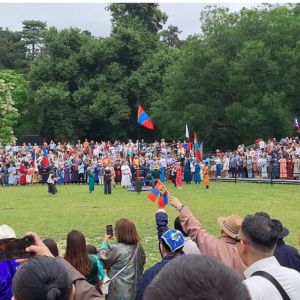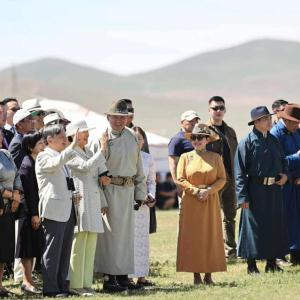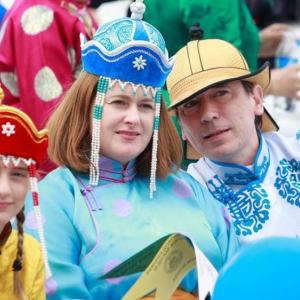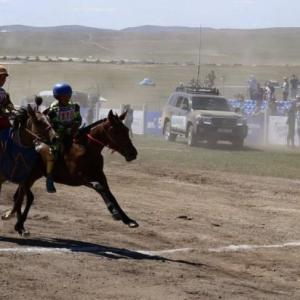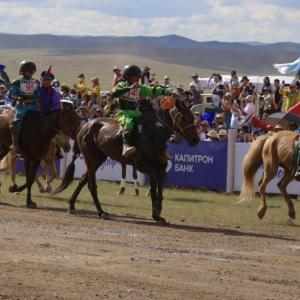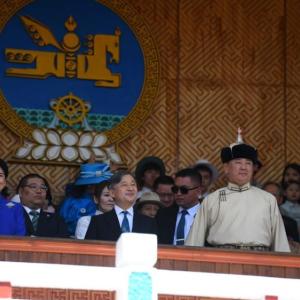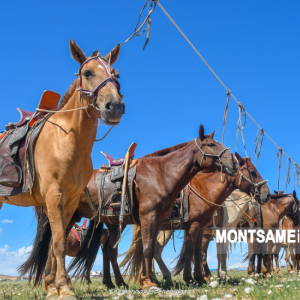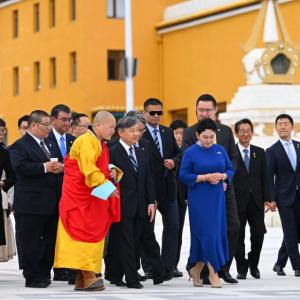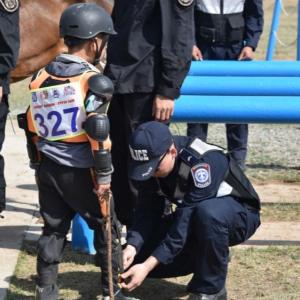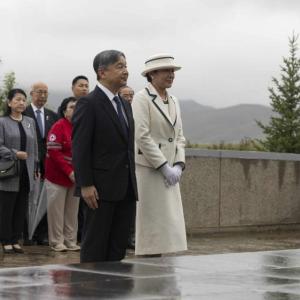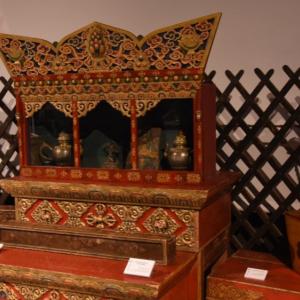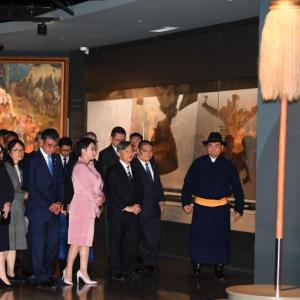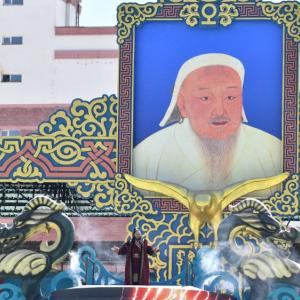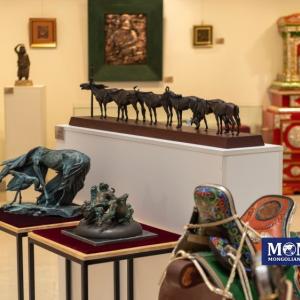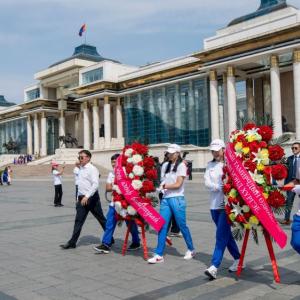Earliest Wooden Saddle Discovered in East Asia
Art & Culture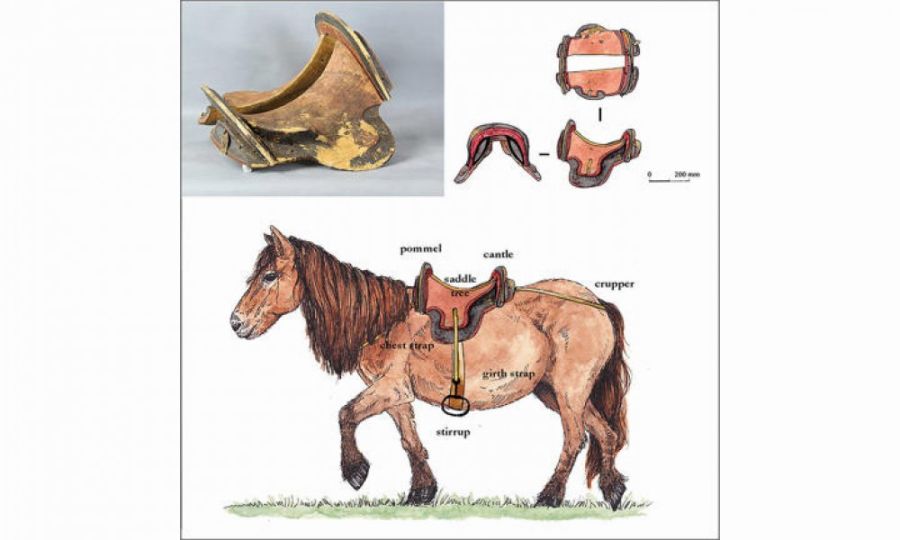
Ulaanbaatar,
December 14, 2023 /MONTSAME/. The results of a study of the oldest wooden saddle
found not only in Mongolia, but also in the East Asia region were published in
the journal Antiquity on December 12, 2023. A team of archaeologists used
radiocarbon dating pins the artifact to roughly the 4th Century C.E., making it
one of the earliest known frame saddles in the world.
In 2015, a team of researchers led by Dr. Ts. Turbat discovered a single
iron stirrup in a tomb on the southern side of the Ugoomor Hill in Dornod
aimag. In 2014, police alerted archaeologists at the National Museum of
Mongolia that looters sacked an ancient cave burial at a site called Urd Ulaan
Uneet, the westernmost part of Mongolia. The police confiscated several
artifacts, including an iron bit, wooden archery equipment and mummified horse
remains. Among the uncovered artifacts was an elegantly carved birch saddle
painted black and red with leather straps on either side. They also discovered
the bones of a man who was buried wearing sheep- and badger-hide clothing. From
these discoveries, the burial site quickly became known as the "cave of
equestrian".
Now, in a new study, researchers from Mongolia collaborating with the
University of Colorado Boulder archaeologist William Taylor have published the
results of their study in the journal Antiquity. The research reveals the
underappreciated role that ancient Mongolians played in the spread of
horse-riding technology and culture around the globe. Those advances ushered in
a new and sometimes brutal era of mounted warfare around the same time as the
fall of the Roman Empire. The discovery also highlights the deep relationships
between humans and animals in Mongolia. For millennia, pastoral peoples have
traveled between the vast grasslands of the Mongolian Steppe with their horses
- which, in the region, tend to be short but sturdy, capable of surviving
winter temperatures that can plummet far below freezing.
"On the part of the horses, domestication was a hard process. The mummified horse discovered in the Urd Ulaan Uneet burial had bit-related damage to his teeth and changes to nasal bones, like the injuries found in other horse burials in Eastern and Central Asia. Moreover, the Urd Ulaan Uneet horse had nock marks to the ears which might have been used to indicate the owner of the animal during its life," Dr.Taylor said.
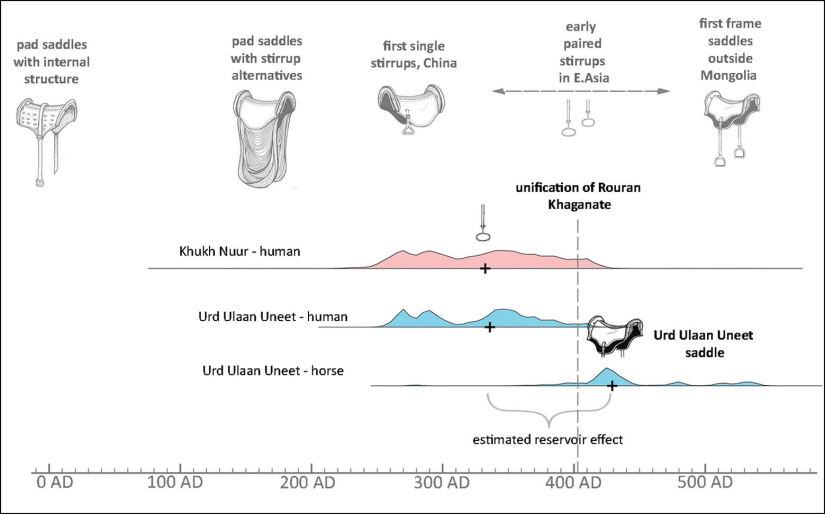

 Ulaanbaatar
Ulaanbaatar


